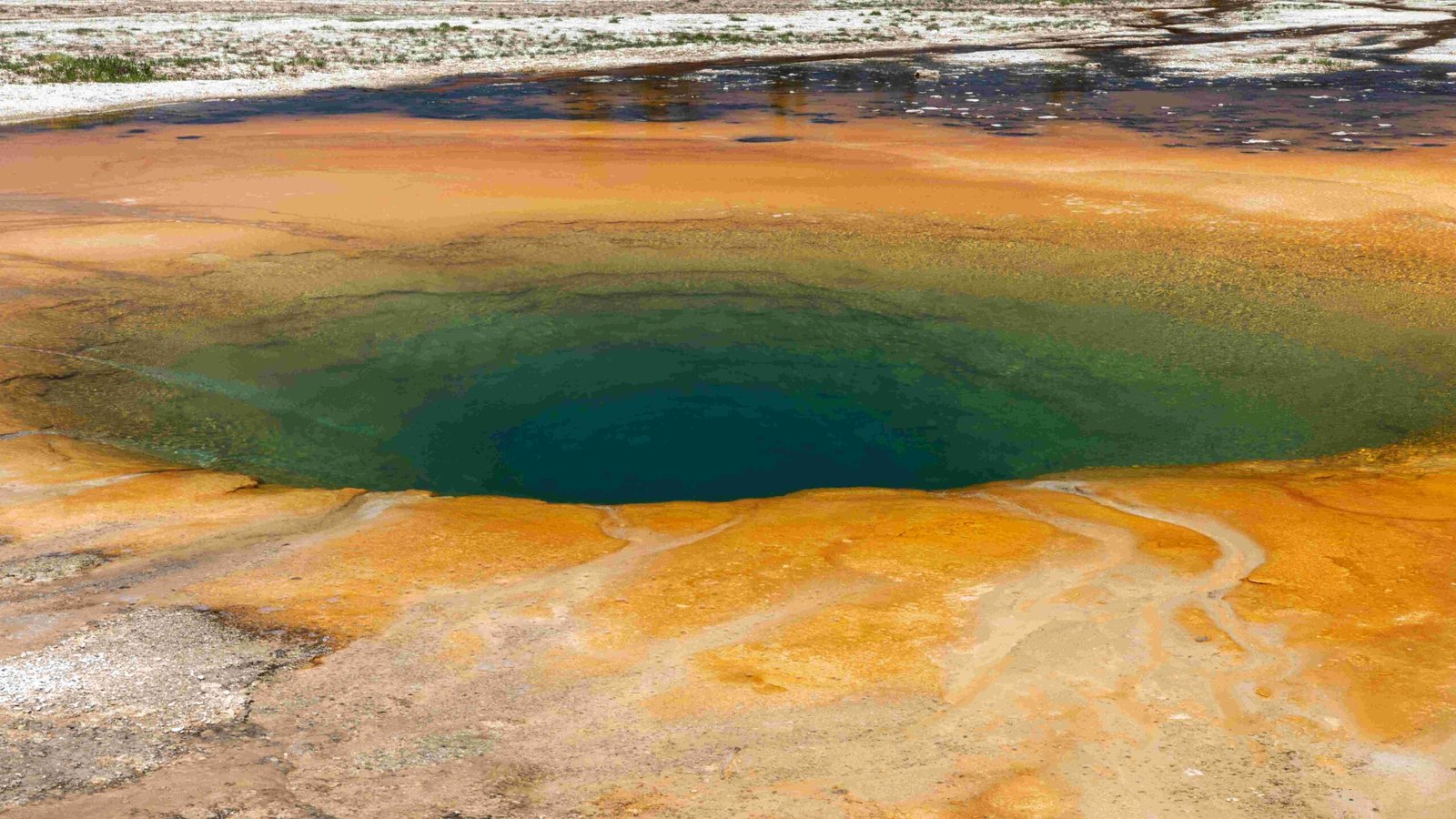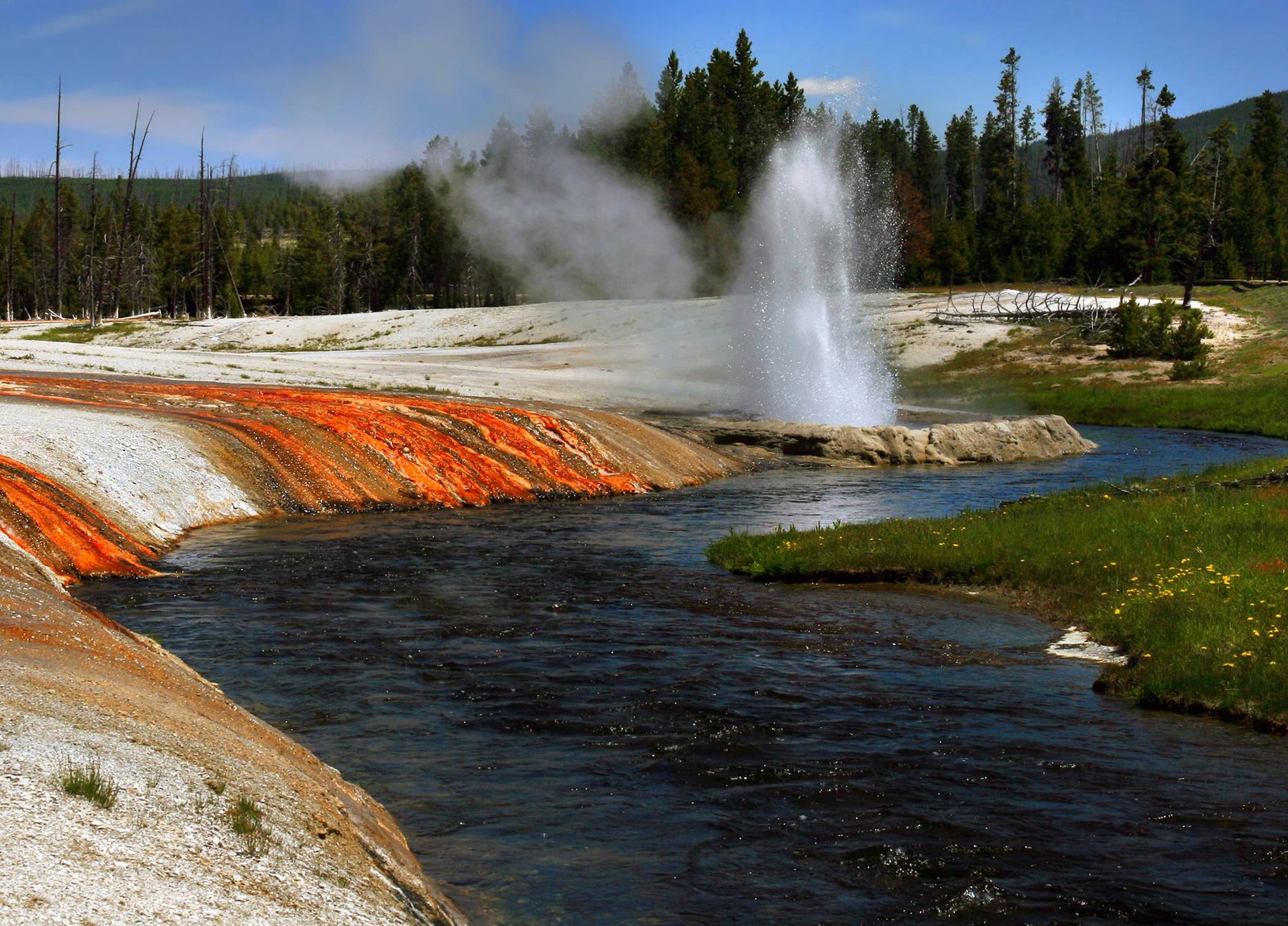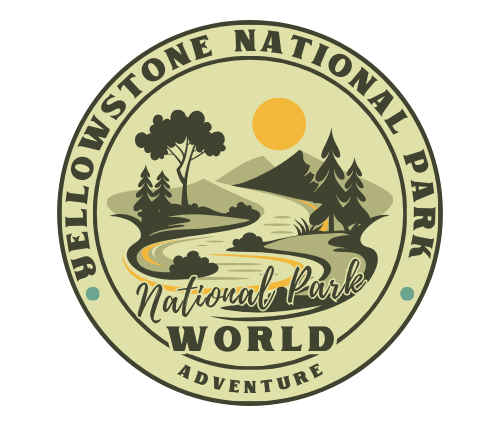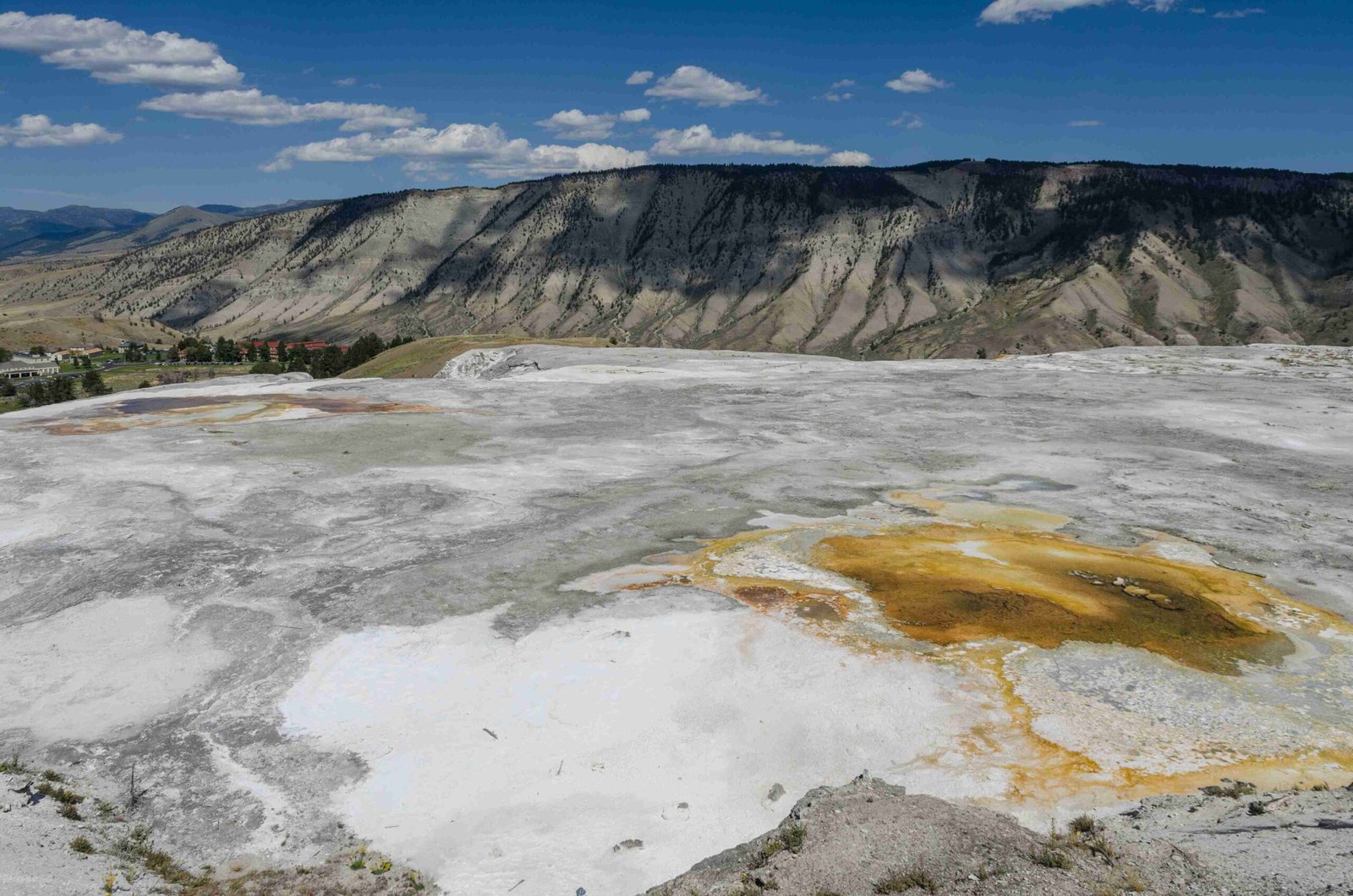Fort Yellowstone, located in Yellowstone National Park, stands as a testament to the early days of park management and conservation. Established in 1891 at Mammoth Hot Springs, this historic site played a crucial role in protecting America’s first national park. The fort served as the U.S. Army’s headquarters for park protection from 1886 to 1918, setting precedents for future national park management. Today, it offers visitors a glimpse into the park’s rich history and the evolution of conservation efforts in the United States.
What is the Historical Significance of Fort Yellowstone?

Fort Yellowstone’s history is deeply intertwined with the early days of Yellowstone National Park. Here’s a brief timeline of key events:
- 1872: Yellowstone designated as the first national park
- 1886: U.S. Army sent to protect the park
- 1891: Fort Yellowstone officially established
- 1916: National Park Service created
- 1918: Army departs, NPS takes full control
The fort’s establishment marked a turning point in the park’s management, addressing issues such as:
- Poaching
- Vandalism
- Unauthorized development
The Army’s presence brought structure and protection to the park, laying the groundwork for modern conservation practices.
How Did Fort Yellowstone Evolve Over Time?

Fort Yellowstone underwent several phases of development:
- Initial Construction (1891-1897):
- Wood-framed structures
- ‘Cottage style’ with Colonial Revival elements
-
Key buildings: guardhouse, administration building
-
Expansion Phase (1908-1913):
- Use of locally quarried sandstone
- Scottish masons employed for construction
- Notable additions: Bachelor Officers’ Quarters, chapel
This evolution reflected the growing importance of the fort and the park itself.
What Can Visitors See at Fort Yellowstone Today?
Today, Fort Yellowstone offers a wealth of historical structures and experiences:
- Horace Albright Visitor Center (formerly Bachelor Officers’ Quarters)
- Historic buildings repurposed for park administration
- Well-preserved cavalry stables and blacksmith shops
- Scenic walking paths through the historic district
Visitors can explore these sites and learn about the fort’s role in shaping national park management.
How Can Tourists Experience Fort Yellowstone?
There are several ways to experience Fort Yellowstone:
- Self-guided tours:
- Walk through the historic district at your own pace
-
Informational plaques provide historical context
-
Ranger-led programs:
- Seasonal availability
-
Offer in-depth historical insights
-
Scenic drives:
- Include stops at Mammoth Hot Springs Historic District
- Combine natural and historical attractions
What Are the Practical Details for Visiting Fort Yellowstone?
When planning your visit, keep these details in mind:
- Operating Hours:
- Open year-round
-
Visitor Center hours: typically 9 AM to 5 PM or 6 PM (seasonal variations)
-
Accessibility:
- Most areas wheelchair accessible
-
Some historic buildings may have limited access
-
Fees:
- No additional fee beyond Yellowstone National Park entrance fee
-
Ranger programs generally free
-
Best Time to Visit:
- Summer for full access and services
- Winter for a unique, quieter experience (some facilities may be closed)
Why is Fort Yellowstone Important for Conservation History?
Fort Yellowstone’s significance extends beyond its physical structures:
- Pioneering Conservation Efforts:
- Developed early park regulations
-
Established patrol systems
-
Infrastructure Development:
- Built roads and communication systems
-
Created a model for future park management
-
Legacy in National Park Service:
- Influenced the creation of the NPS in 1916
-
Many Army practices adopted by the new agency
-
National Historic Landmark Status:
- Recognized for its role in conservation and military history
- Preserves an important chapter in American environmental policy
Fort Yellowstone stands as a living museum, showcasing the evolution of America’s approach to preserving its natural wonders. Its buildings and grounds tell the story of how the concept of national parks developed, making it an essential stop for anyone interested in conservation history or the development of Yellowstone National Park.

